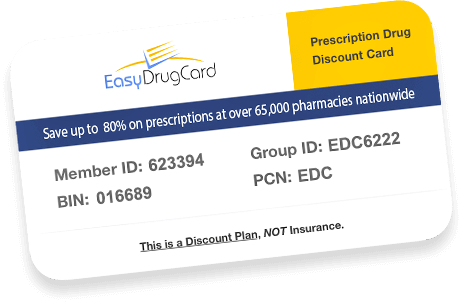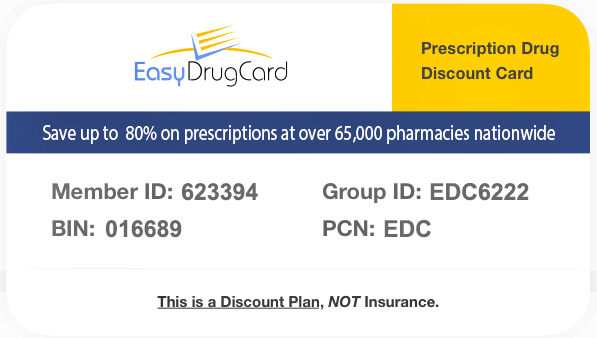Thoughts on National Pharmacists Month
When I first began working in pharmacy, Richard Nixon was president and pharmacy was largely a profession that emphasized getting medications to patients. Suburban Pharmacy in Middletown, NJ filled maybe 100 prescriptions each day; pharmacists Otto Wolke and Joe Condina knew so much about the drugs dispensed to patients, but medical practice at the time was such that patients tended to only receive minimal information about their drugs from physicians. Prescriptions were generally written in Latin, and it was not uncommon to give a medication to a patient who was not told what it was or what it was for. I was attracted into pharmacy by Chinese food; take-out food each evening, like moo goo gai pan from the Golden Dragon, suggested a promising career in Pharmacy. I do warn students that this is generally not the best strategy for choosing your life’s work.
As the number of patients, number of drugs and number of prescriptions rose over the years, our US healthcare system was challenged to efficiently provide patients with the best health care. More medications provide for control and relief for a greater number of illnesses, but also make for more complex medication regimens that may require oversight and monitoring.
The opportunities for pharmacists to improve medical care were recognized even before Nixon was president. Community pharmacists continued to provide prescription dispensing services to patients, while hospital pharmacists began to expand their impact on patient care by providing drug information and by working directly with prescribers and patients to make sure drugs are used appropriately and produce the best results for each patient.
For many years prior to about 2005, there was a severe shortage of pharmacists.
Patients may recall the days of long waiting times when filling a prescription; many community pharmacists remember the long hours without bathroom breaks and developing the survival skill of eating as quickly as possible while maintaining workflow. Even Chinese food was no fun. Studies showed that clinical pharmacists working directly with patients and prescribers saved both lives and money, but there were not enough pharmacists to go around. During those years, most pharmacy graduates were drawn away from clinical practice and teaching into chain pharmacy just to keep up with the increasing numbers of prescriptions. It was not uncommon for pharmacies to fill 300 or more prescriptions each day.
US Colleges of Pharmacy now graduate around 14,000 new pharmacists each year, and there are enough graduates to meet the current needs of our US healthcare system.
Pretty much all pharmacists are clinical – we care for patients. In the hospital setting, pharmacists will be monitoring and approving all medications that are prescribed, working with physicians to make sure your medicines work for you. Pharmacists in the community pharmacy work with prescribers – now including nurse practitioners and physician assistants – as well as directly with patients. Pharmacists in the community setting provide clinical services like medication counseling, blood pressure and diabetes monitoring, immunizations and Medication Therapy Management, complete reviews of all the meds a patient is taking to make sure they are working well together.
Pharmacists graduating in the US receive the doctor of pharmacy (PharmD) degree, and are trained to provide clinical services.
Pharmacists provide 24/7 access to information about medications and health advice. Every pharmacist has stories about how they’ve helped patients, prevented a “drug misadventure” or recognized and solved a problem with a patient’s medications. But pharmacists are still reimbursed mostly for the prescriptions they dispense, not the clinical services they provide. The profession is working to change that and gain recognition as health care providers through federal legislation (HR592 and SR 314). Once we do, you can expect to see pharmacists provide even more clinical services, help more patients and lower overall healthcare costs.
October is National Pharmacists Month, and a great time to give your pharmacists and pharmacy technicians a shout-out to recognize the value they provide to you and to the healthcare system.












